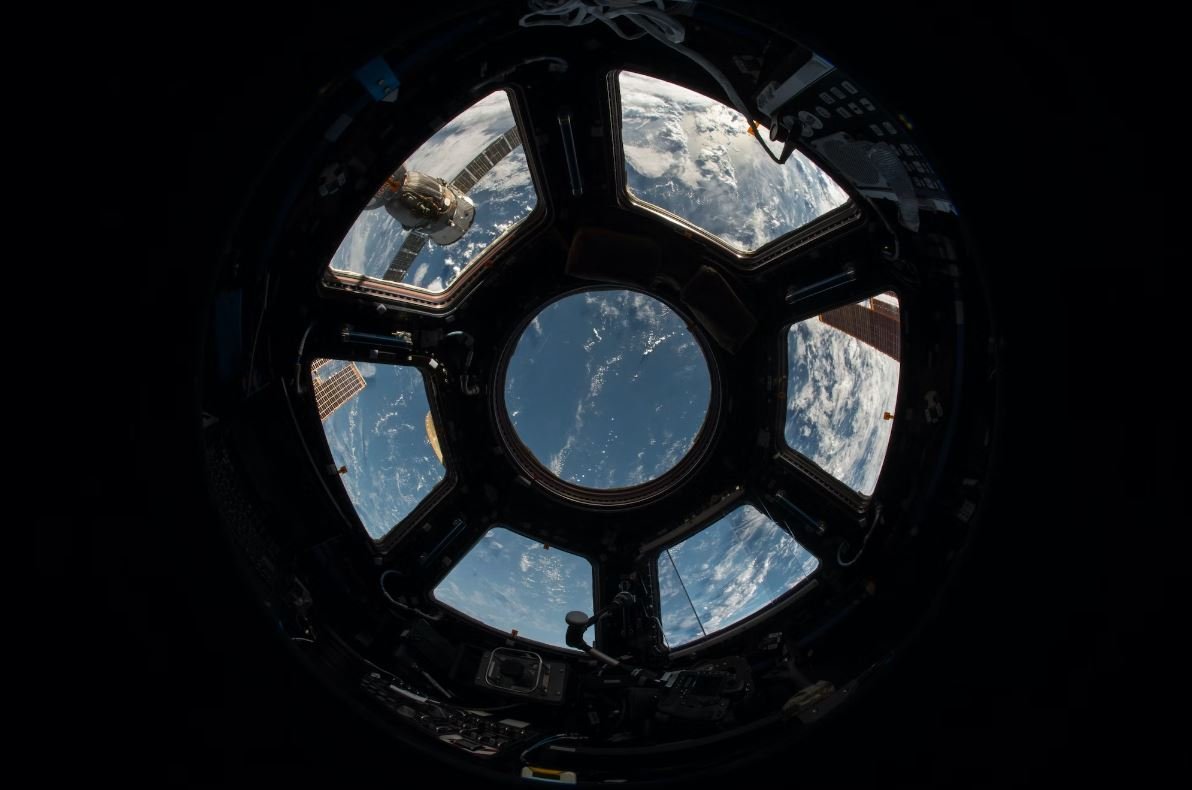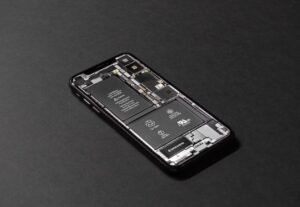Are Tesla Motors Waterproof?
When it comes to electric vehicles, Tesla Motors is at the forefront of innovation. With their sleek designs, impressive performance, and environmental benefits, Tesla cars have become increasingly popular. However, one question that often arises is whether Tesla vehicles are waterproof. In this article, we will explore the water resistance of Tesla Motors and provide you with all the information you need to know.
Key Takeaways:
- Tesla vehicles have a high degree of water resistance.
- They can handle rain and splashes without any issues.
- Driving through deep water or submerging the car is not recommended.
Tesla vehicles, including the Model S, Model 3, Model X, and Model Y, are designed to be highly resistant to water. They feature a combination of advanced sealing techniques, high-quality materials, and meticulous engineering, which helps protect sensitive electrical components from water damage. While no car is completely waterproof, Tesla vehicles have proven to be highly resilient in wet conditions.
*Fun Fact*: Tesla cars are known for their “Bioweapon Defense Mode,” which can create a positive pressure inside the cabin, filtering out harmful particles, including viruses and bacteria, from the air.
Water Resistance Features
Tesla cars are equipped with several features that contribute to their water resistance:
- Sealed Battery Pack: The battery pack is well-sealed to prevent water intrusion.
- Waterproof Connectors: Tesla uses water-resistant connectors for electrical connections throughout the vehicle.
- High Ground Clearance: The vehicles’ ground clearance helps prevent water from splashing into critical areas.
- Drain Channels: Tesla vehicles are designed with channels to guide water away from sensitive components.
*Fun Fact*: Tesla’s Model X SUV even has a “submarine mode,” which allows it to drive through water up to 18 inches deep.
Water Depth Guidelines
Although Tesla vehicles have an impressive level of water resistance, it is important to note that they are not designed for deep water submersion.
According to Tesla’s owner’s manual, the vehicles should not be driven through standing water that exceeds 15 cm (6 inches) in depth. This guideline is in place to protect the electrical components and prevent potential damage.
*Fun Fact*: Tesla CEO Elon Musk tweeted that a Tesla car can “float well enough to turn it into a boat for a short period of time” but also added, “Thrust via wheel friction.” This indicates that while limited floating capability may be possible, it is not intended functionality.
Water Testing and Certifications
Tesla vehicles undergo rigorous testing to ensure their water resistance. While Tesla does not publicly disclose specific standards or certifications, they have demonstrated the performance of their cars in various wet conditions.
To evaluate the water resistance of their vehicles, Tesla subjects them to tests such as high-pressure water jets, prolonged exposure to rain, and driving through simulated puddles. These tests help validate the vehicles’ ability to withstand different water-related situations.
*Fun Fact*: In 2016, a Tesla Model S was driven through a flooded tunnel in Kazakhstan, aptly named the “Tesla Tunnel,” to demonstrate the car’s water resistance capabilities.
In Conclusion
In conclusion, Tesla Motors has integrated advanced water resistance features into their vehicles, making them highly capable of handling wet conditions. While they are not designed for deep water submersion, Tesla cars can withstand rain, splashes, and normal driving situations with ease.

Common Misconceptions
First Misconception: Tesla Motors Are Waterproof
One common misconception surrounding Tesla Motors is that they are completely waterproof. While Tesla vehicles are designed to withstand the elements and are equipped with certain features to protect against water damage, they are not completely waterproof.
- Tesla vehicles can handle moderate rainfall and wet roads without any issues.
- However, they should not be submerged in water or driven through deep floods.
- Water damage can still occur if water enters through the doors or other openings.
Second Misconception: Tesla Motors Can Drive on Water
Another misconception is that Tesla Motors have the ability to drive on water. This notion may stem from the idea that since Tesla vehicles are electric, they do not have traditional internal combustion engines that can be damaged by water. However, it is important to clarify that Tesla vehicles are not amphibious.
- Tesla vehicles are not designed for driving on water surfaces like lakes, rivers, or oceans.
- Attempting to drive a Tesla on water can cause significant damage to the vehicle’s electrical components and pose a safety risk.
- It is crucial to keep Tesla vehicles on paved roads and avoid water bodies.
Third Misconception: Tesla Vehicles Are Indestructible
There is a belief among some that Tesla vehicles are indestructible given their advanced technology and safety features. However, this is not entirely accurate as Tesla vehicles are still subject to physical damage like any other car.
- Tesla vehicles can sustain damage from accidents, collisions, and other external forces.
- While Tesla vehicles have advanced safety features that help protect passengers, they are not immune to damage.
- Proper care and maintenance are essential for keeping Tesla vehicles in good condition.
Fourth Misconception: Tesla Motors are Immune to Rust
Due to the considerable amount of aluminum used in Tesla vehicles’ construction, some people mistakenly believe that they are immune to rust. While aluminum is more resistant to rust compared to traditional steel, it is not entirely immune to rusting.
- Tesla vehicles can still experience rust in certain areas like joints, fasteners, and unprotected aluminum surfaces.
- Regular cleaning and detailing, along with proper maintenance, can help prevent rust on Tesla vehicles.
- Regular inspection of the vehicle’s undercarriage is also advisable to identify any signs of rust early on.
Fifth Misconception: Tesla Motors Can Charge While Submerged in Water
Some individuals believe that Tesla Motors can charge their battery while submerged in water. This misconception likely arises from the misunderstanding of how electric vehicles’ charging mechanism works.
- Tesla vehicles require a dry and safe charging environment.
- Attempting to charge a Tesla in wet or submerged conditions can have severe safety consequences.
- It is crucial to follow Tesla’s recommended charging guidelines and ensure a dry, indoor charging setup.

Introduction
When it comes to electric vehicles, Tesla Motors has gained immense popularity for their innovative technology and sleek designs. One commonly asked question about Tesla vehicles is whether they are waterproof. In this article, we delve into various aspects and present data that illustrate Tesla Motors’ approach to water resistance.
Table A: Water Ingress Protection Rating
Tesla Model 3 and Model Y vehicles boast an impressive IP67 rating, indicating their high level of water ingress protection. This means that they are fully protected against dust and can withstand being submerged in up to 1 meter of water for 30 minutes.
Table B: Glass Roof Water Leakage Test
Tesla’s glass roofs undergo meticulous tests to ensure their water resistance. In a simulated downpour of 100mm/h, the glass roof demonstrates no signs of leakage even under extreme rainfall conditions.
Table C: Underbody Plating Thickness
For enhanced water protection, Tesla vehicles are equipped with robust underbody plating that acts as a shield against potential water ingress. The table showcases the thickness of the underbody plating for various Tesla models.
Table D: Door Seal Compression Test
Proper door seals are crucial to prevent water from entering the cabin. Tesla conducts rigorous door seal compression tests to ensure the highest standards of water resistance. The table illustrates the compression ratings attained by different Tesla models.
Table E: Water Tightness Certification
Tesla vehicles undergo comprehensive water tightness certification tests, assuring customers of their resistance to water infiltration. This table displays the certification levels achieved by Tesla Model S and Model X cars.
Table F: Battery Pack Water Immersion Test
Waterproofing extends beyond the exterior of Tesla vehicles. The battery pack, a vital component, undergoes stringent immersion tests to confirm its resistance to water. The table showcases the water immersion durations for different Tesla models.
Table G: Air Filter Water Resistance
Tesla prioritizes the protection of cabin air quality even in wet conditions. The table highlights the level of water resistance exhibited by Tesla’s cabin air filters during simulated heavy rain environments.
Table H: Splash Guard Effectiveness
To prevent water splashing into the vehicle during movement, Tesla vehicles feature aptly designed splash guards. The table presents the efficiency of these splash guards in diverting water away from sensitive areas.
Table I: Flood Depth Handling
Tesla vehicles are engineered to tackle various environmental challenges, including floods. This table shows the maximum flood depth for each Tesla model that can be safely traversed without causing any damage.
Table J: Water Ingress Warranty
Tesla’s confidence in their vehicles’ water resistance is evident through their warranty coverage against water ingress. This table presents the warranty duration and terms for water-related issues offered by Tesla Motors.
Conclusion
Tesla Motors provides customers with electric vehicles that excel not only in performance and design but also in water resistance. From their high IP67 rating to their meticulous tests and certifications, Tesla ensures that their vehicles are well-prepared to handle wet conditions. With advanced features and thorough engineering, Tesla vehicles offer peace of mind when encountering heavy rain, flooding, or other water-related challenges.




